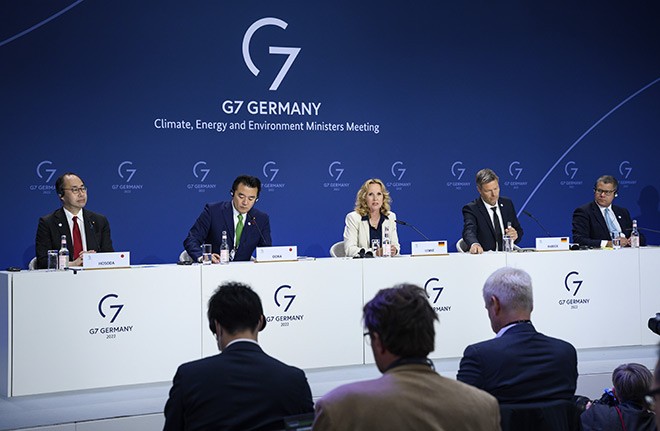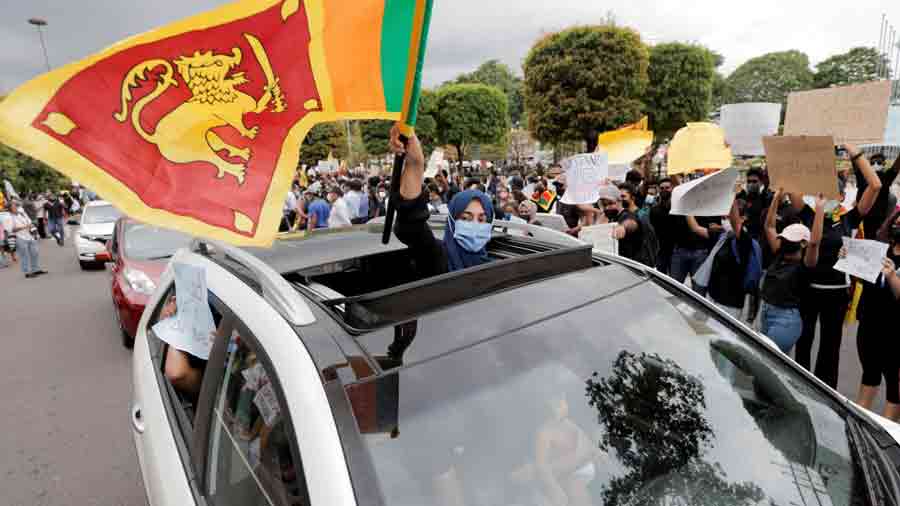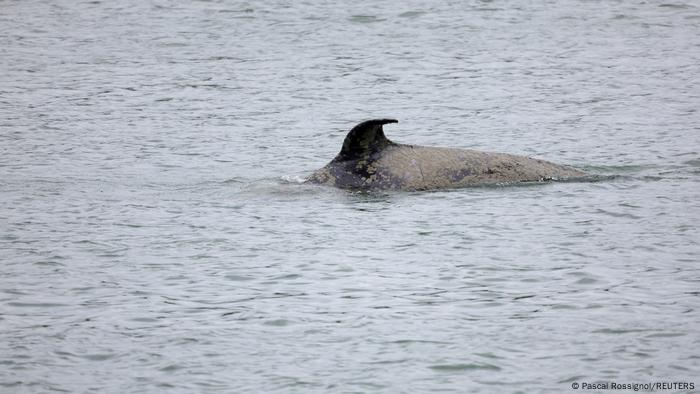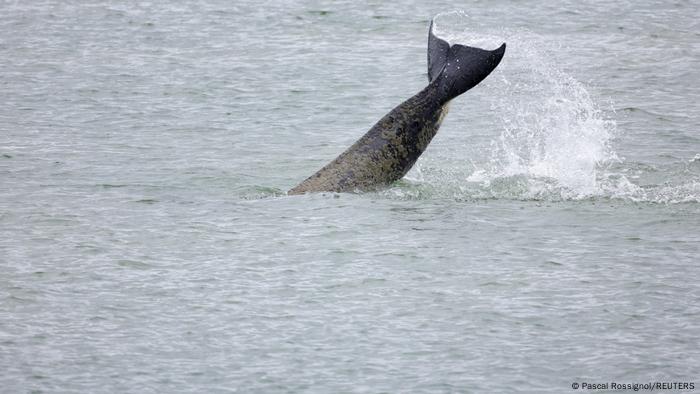Meet Ms Marvel from Pakistan
This writer is envious of Sharmeen Obaid-Chinoy. No, not because she has two Oscars, four Emmys and a Marvel series to her credit; that’s something to be proud about. I’m envious of something else: Sharmeen’s stamina.
Flying in and out of cities and countries, Sharmeen is either on a plane, in a car, at an event, on the sets, producing, and now directing. Although prompt when replying to messages, Sharmeen’s management often shifts our phone calls and interviews anywhere between minutes to hours later. That she’s busy is an understatement.
Sharmeen laughs when I mention her schedule. It will get rougher still, one assumes, with the release of her live-action directorial debut on Marvel’s next high-profile series, Ms. Marvel — a six-episode Disney+ series that makes its Pakistan-exclusive cinema release via Pakistani distributor HKC as three, two-hour-long movies.

While the show debuts on June 8, Pakistani audiences can see the movies on June 16 (episodes 1 and 2), June 30 (episodes 3 and 4) and July 14 (episodes 5 and 6), Hammad Chaudhry, the chief of HKC, tells Icon. The move, as anyone can guess, stems from the fact that Disney+ has still to make its Pakistan debut (the service is in India as Disney-Hotstar).
Ms Marvel is not just about cheering for a brown-skinned super-heroine; it’s about representing a culture and country to the world
Ms. Marvel is a relatively new superhero in Marvel comics’ catalogue of superpowered humans. The brainchild of Marvel editors Sana Amanat and Stephen Wacker, writer G. Willow Wilson and artists Adrian Alphona and Jamie McKelvie, Kamala is Marvel’s first Muslim character to headline her own comic book.
Originally, the moniker of Ms. Marvel belonged to Carol Danvers. However, she is not the same character, or has the same power-set as Carol, who is played in the cinematic universe by Brie Larson. Making her debut in Captain Marvel, issue 14 in 2013, and six months later, starring in her solo comic, Ms. Marvel, Kamala is a polymorph — she can elongate her body, change her size and even morph into people. Think of her as a blend of Mr. Fantastic from the Fantastic Four and Ant-Man from Avengers.

What makes Kamala truly distinct is that she is a teenager with an American-Pakistani heritage. Living in Jersey City, Kamala is an equivalent of Peter Parker — she’s a young girl from middle class/lower-middle class society (Parker was from Queens), who has yet to figure herself out, and who is thrust into the world of super-heroics.
Also, for once, the character’s religion and ethnicity are not used as a crux or impediment.
Amanat, herself an American-Pakistani, was born in Jersey City and, given the character’s comic-book history, the relevance of having a Muslim and Pakistani creative pool was not lost on Marvel Studios.
The show pushes the envelope when it comes to racial diversity; it’s not just about “brown skins”. Ms. Marvel has a strong representation of Pakistani talent.
Other than Sharmeen, who is helming two episodes (the other four episodes are directed by other directors), the series is ‘created’ (ie. developed) for Disney+ by Bisha K. Ali, a British-Pakistani comedian and screenwriter (she wrote Loki’s episode Lamentis), and headlines Iman Vellani, a Canadian-Pakistani, as Kamala.
Pakistan’s own homegrown talent also has quite a bit of visibility in the marquee, Icon has learned through official and unofficial sources.
Receiving official press statements by HKC, Icon has proof that the roster includes Vellani, Matt Lintz, Yasmeen Fletcher, Zenobia Shroff, Mohan Kapur, Saagar Shaikh, Rish Shah, Fawad Khan, Laurel Marsden, Arian Moayed, Adaku Ononogbo, Alysia Reiner, Azhar Usman, Laith Nakli, Nimra Bucha, Travina Springer and Aramis Knight.
The list almost kills speculations by officially acknowledging Nimra Buccha and Fawad Khan’s involvement in the series. Mehwish Hayat’s involvement, however, has not been acknowledged nor denied by either Sharmeen or Hammad, and no actor, be it Mehwish Hayat, Fawad Khan or Nimra Buccha, have gotten back to Icon with any confirmation, presumably because of the studio’s iron-clad contracts.
A little legwork (well, phone work) via this writer’s own sources have verified that Mehwish has a prominent role in the series — so, count this as an unofficial confirmation, until the actress finally shows up in an episode. Nimra Buccha apparently has an even more juicy role, we hear, as the main villain.
What characters these actors — officially announced, or otherwise — are playing, remain ambiguous, and again, neither Sharmeen nor Hammad have given an iota of information to this publication (because of the iron-clad contracts, one assumes).
Sharmeen and Hammad, however, believe that this is a moment of celebration for Pakistan. With Ms. Marvel, Pakistan is finally represented in a fair, unpolitical, uncontroversial light. Like this writer wrote above, the project is not just about the celebration of a racial inclusivity — it is about the inclusivity of a country. The opportunity to be a part of such a project was just too good to pass, Sharmeen tells Icon.
Primarily a documentary filmmaker, Sharmeen has been dabbling a little bit with narrative-work since the 3 Bahadur films and Sitara, she explains, but for the most part the producer-director wanted to “stay true to my ethos” by telling stories that matter, that make people think, and change the way we see issues.

Then sometime in 2020, she found out that Ms. Marvel was looking for directors.
“For the first time I thought to myself: this is a project I would love to be a part of because it is a story that matters. [Kamala] is brown, she is South Asian, she has Pakistani roots and she’s a Muslim,” Sharmeen said, adding that Marvel’s decision to add a superhero like Kamala gives “brown girls, minorities, and so many people around that world a chance to see a reflection of themselves in the character.”
“More importantly,” Sharmeen adds, “as a Pakistani woman I know the importance of having representation of language, food, clothes, music [in a big project like Ms. Marvel], and how that can help shape the world’s perspective of a culture and country.”
In a big studio enterprise, where everything is planned to a T, how does one find their voice, I enquire.
As far as creative inputs go, Marvel Studios gave her carte blanche, she tells me. The director scouted her locations, worked with VFX, stunt crews and second unit directors when it came to the look and feel of her scenes, and how she saw a particular power play out.
“The most important thing that Marvel did was put me with a team of extremely talented people who had worked in the business, who knew Marvel really well,” Sharmeen explains (her second unit director was Gary Powell, whose filmography includes Morbius, Ready Player One, Spectre and Skyfall).
Her “orientation” with Marvel came in the three-month long pre-production stage, where she spent a lot of time with each production department, informing them about what she thought they should do in terms of representing Pakistani culture and, in turn, being informed on what was possible, and how her ideas could be incorporated.
From the get-go, production designer Christopher Glass was very attuned to the differences between Pakistani and Indian cultures, even though the cultures overlap in South Asian homes in places such as Jersey City.
“The colours in the wall-hangings, the decor that exist on sets, that is what you find in the Pakistani middle class living in New Jersey,” Sharmeen explains. The costumes, by Arjun Bhasin, are also extremely authentic to Pakistani, and Pakistani immigrants’, culture.
“Arjun has done a wonderful job in creating that sort of dichotomy. Once you are an immigrant and living in Jersey, you are also influenced by cultures from India and Bangladesh. You pick up your sweets from Bengali sweet makers, you buy something from an Indian shop, and I think that authentic depiction of cultures is beautiful, because this is a story about being a Muslim, Pakistani immigrant in Jersey, but it’s also about being South Asian.”
Talking about Iman Vellani, Sharmeen says that “she is Kamala Khan — she lights up the screen when you see her. She brings an authentic voice as a first-generation Pakistani immigrant to North America, and her experiences are very similar to Kamala’s experiences.”
Readers of the comic-book can understand that aspect, but viewers of the Marvel Cinematic Universe can appreciate the details when the series comes to Pakistani cinemas. For once, the story is not just about cheering for the heroes; it’s about representing a culture and country to the world.
Originally published in Dawn, ICON, May 22nd, 2022












